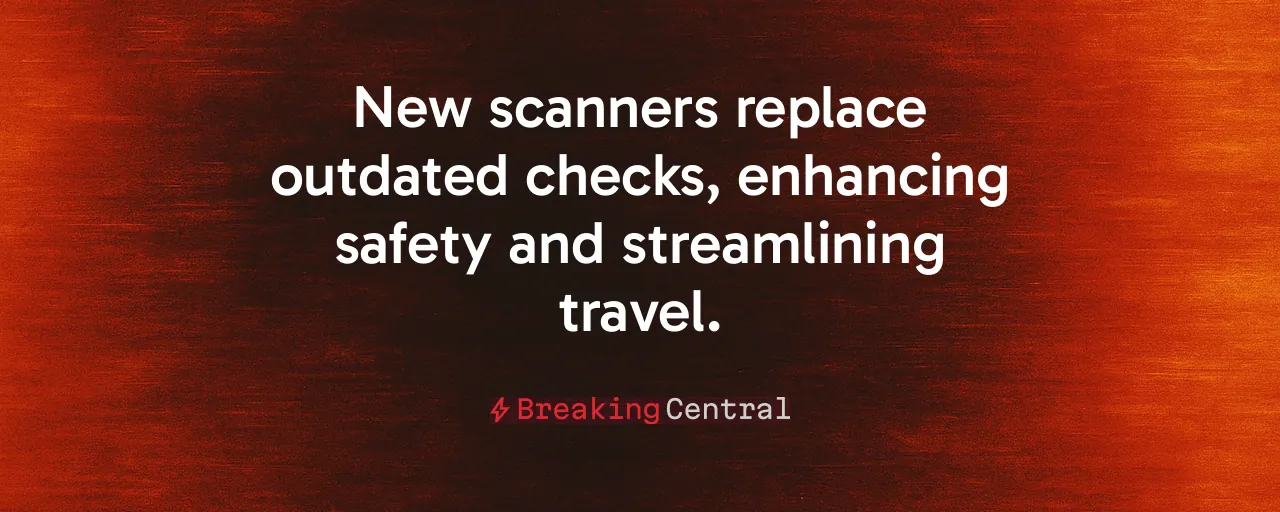A Long-Overdue Victory for Travelers
The Transportation Security Administration has finally pulled the plug on its 19-year-old mandate requiring passengers to remove shoes at airport security checkpoints. This shift, now rolling out at major hubs like LaGuardia and Los Angeles International, signals a rare triumph of practicality over bureaucratic overreach. For millions of Americans weary of juggling bins and belts, the change promises shorter lines and a touch of dignity restored.
Announced in internal memos and set to expand nationwide by summer 2025, the policy relies on cutting-edge millimeter-wave scanners and artificial-intelligence threat-detection software. These tools can peer through footwear without forcing travelers to stand barefoot on cold floors.
This small win raises a bigger question: why did it take so long? The shoe rule, born after Richard Reid's failed 2001 shoe-bomber plot, became a symbol of security theater, a ritual more about optics than outcomes. With no recorded instance of TSA intercepting explosives in shoes since, the mandate's end exposes a truth: technology and targeted measures are effective for keeping skies safe.
Technology Trumps Bureaucracy
The decision hinges on next-generation scanners that detect threats with over 95 percent accuracy, even through sneakers or boots. Studies from MIT Lincoln Lab and Sandia National Laboratories confirm these machines spot dangerous materials like PETN, the explosive Reid used, at levels far below what any attacker could feasibly conceal. This precision makes universal shoe removal obsolete, a point European airports proved years ago by relying on random checks instead.
Airlines and passengers stand to gain immensely. Simulations from the University of California estimate a $740 million annual boost in productivity as checkpoint times drop by up to four minutes. Fewer missed flights and rebooking costs could save carriers $310 million yearly. For travelers, especially those with mobility challenges or cultural sensitivities about removing shoes, the change restores a measure of respect.
The TSA's slow pivot, however, reveals a deeper flaw. Federal agencies, insulated from market pressures, often cling to outdated protocols. The Department of Homeland Security's own inspector general has flagged persistent false-negative rates in screening, even with shoes off, suggesting resources were misallocated for years. This lag fuels calls for a bolder fix: handing airport security to private firms.
The Case for Privatization
Private sector innovation could have delivered these scanners years earlier. Unlike federal monopolies, companies face incentives to streamline processes and adopt cutting-edge tools. Senator Mike Lee's 2024 bill to explore privatized screening gained traction for this reason, arguing that firms under TSA oversight could balance security and efficiency without humiliating rituals. San Francisco International, one of 22 airports with private screeners, consistently reports shorter wait times and higher passenger satisfaction.
Historical precedent supports this view. After 2001, TSA's rapid expansion prioritized control over agility, locking in rules like shoe removal despite no repeat threats. Meanwhile, private industries, from logistics to cybersecurity, adapt swiftly to new risks. Redirecting TSA's budget to intelligence fusion centers and canine teams, which excel at detecting explosives, would yield stronger security than repetitive checkpoint tasks.
Critics of privatization warn of profit-driven corner-cutting, but oversight under existing laws ensures standards remain rigorous. TSA's partial rollback on shoes is a start. Without structural change, other rules, such as liquid limits, may linger indefinitely.
Safeguarding Liberty and Security
This policy shift aligns with a broader principle: security needs to respect individual freedom. The Fourth Amendment permits airport searches, but courts, as in United States v. Marquez, require them to remain reasonable. Advanced scanners meet this standard by reducing intrusive measures while maintaining safety. Lawmakers can codify the shoe-rule repeal and expand opt-out programs, letting airports choose private screening under federal guidelines.
Passengers also deserve transparency. New AI-driven scanners, while effective, rely on proprietary algorithms. Regular audits can help ensure these systems avoid biases that could unfairly target certain travelers. Pairing this with real-time wait-time dashboards can help airports allocate staff dynamically, further easing congestion.
The end of shoe removal is a step toward smarter security, but it's not enough. Random secondary checks, explosives-trace swabs, and upstream intelligence remain critical layers. By focusing on high-impact measures and empowering private innovation, the nation can secure its skies without treating every traveler like a suspect.
A Call for Lasting Reform
The TSA's decision marks a rare victory for common sense, driven by technology and public pressure. It also exposes how deeply entrenched federal habits resist change. Lawmakers can seize this moment to push for permanent reforms, from statutory bans on outdated mandates to broader privatization pilots. Savings from reduced checkpoint labor can fund intelligence and canine units, rather than bloated administrative costs.
Travelers, too, have a role. By demanding efficiency and dignity, they can keep pressure on agencies to prioritize results instead of rituals. The shoe rule's demise proves that persistence pays off, but only if the public stays engaged. Airports can lead by adopting new scanners swiftly and communicating changes clearly to avoid confusion.
America's skies are safer when security respects both liberty and logic. This small win offers a blueprint for bigger ones. The challenge now is to build on it, ensuring government serves the people, not the other way around.
